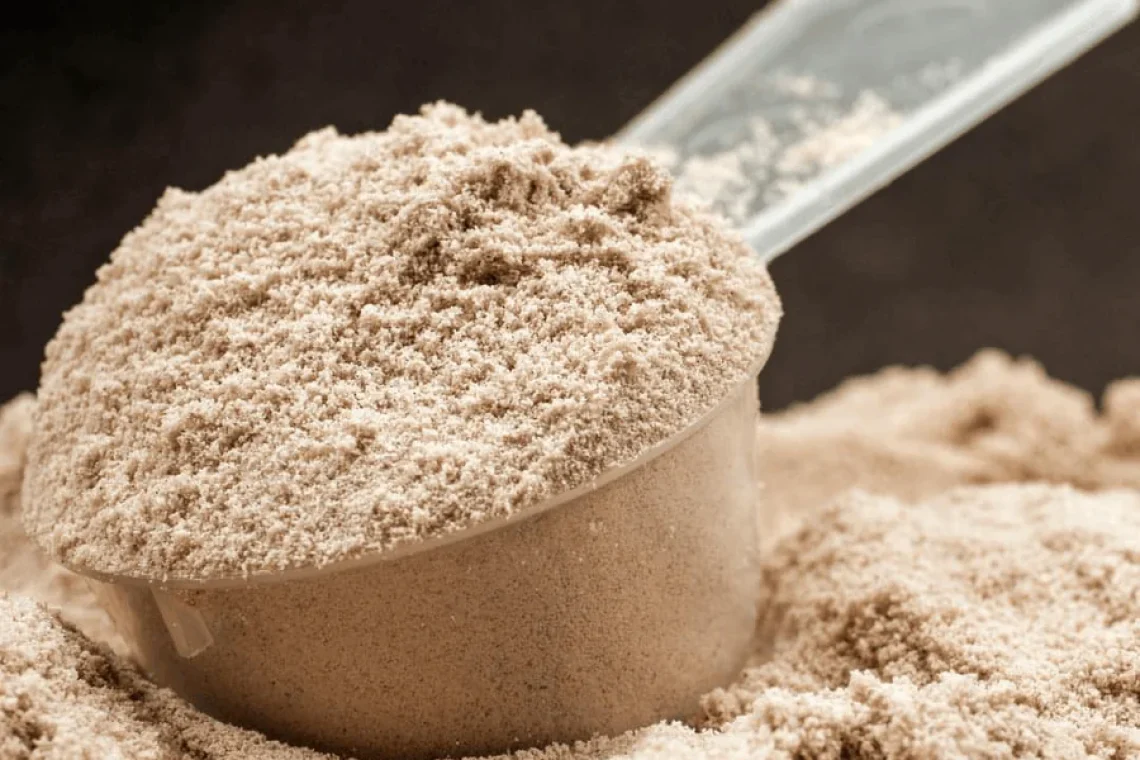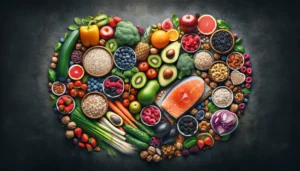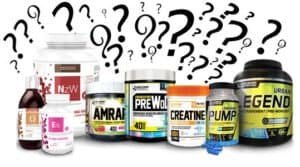Key Takeaways:
- Whey protein, celebrated for its muscle-building, recovery, and maintenance capabilities, is a staple in the fitness and health community.
- Recognised as its big benefits are the fact it is packed with essential amino acids and leucine and it is quickly digested ‘a quick protein’.
- Picking your protein comes down to taste, digestibility, when you’re consuming it and cost.
The Essence of Whey Protein
In the world of nutrition and fitness, whey protein has emerged as a linchpin for those looking to enhance muscle mass, improve post-workout recovery, and support overall muscle health. Originating from the humble beginnings of dairy processing, whey protein has transcended its traditional boundaries, proving to be a nutritional titan in the sports and health sectors. Let’s delve into what sets whey protein apart.
Decoding Whey Protein: What It Is and How It’s Made
Whey protein is derived during the cheese-making process, where cow’s milk is separated into solids (curds) and liquid (whey). You may have immediately starting saying ”Little Miss Muffet sat on her tuffet eating curds and whey…” Cow’s milk protein is about 20% whey protein 80% casein protein. Casein is found in the lumps or curds. Whey is the watery bit. You may have seen it on the top of yoghurt?
Historically seen as a byproduct (and used in cattle feed), whey was once overlooked in favor of the more tangible cheese products it helped produce. However, its rich nutritional profile has brought it to the forefront of dietary supplements.To make the whey protein powder you see in shops they remove the water bit and dry it out. They then add things to make it taste nice.
Why Whey Reigns Supreme
1. The Complete Protein Profile
- Essential Amino Acids Galore: Whey’s claim to fame lies in its comprehensive amino acid profile. Amino acids are the building block of protein. You put them together in a specific row, in a specific sequence to get a specific protein. There are 20 different types of amino acids of which 9 are essential. Whey provides plenty of the essential amino acids required to maximise muscle building potential.
2. Leucine: The Muscle Builder
- The Key to Muscle Anabolism: Leucine, found abundantly in whey, is pivotal for triggering muscle building. Generally speaking you need about 3 grams to trigger muscle building and whey provides that in about 1 scoop.
3. Fast Absorption for Rapid Recovery
- Speedy Digestion: Whey’s ability to be quickly broken down and absorbed means that it starts working almost immediately, fueling muscle repair and growth with efficiency.
Selecting the Perfect Whey
The whey protein market offers a spectrum of options, each tailored to different nutritional needs and preferences. Understanding the nuances of each can help you make an informed decision:
- Whey Protein Concentrate (WPC): The percentage of protein varies from 30-90%. This produce will still contain some lactose (carbohydrate) and fat. It’s the least processed version, and the cheapest. It provides more nutrients.
- Whey Protein Isolate (WPI): WPI is when they go a step further and remove the lactose (carbohydrate) and fat making the product about 90% protein by weight. Therefore, it’s suitable for those with lactose intolerance. It’s more expensive than whey protein concentrate but provides less nutrients overall.
- Whey Protein Hydrolysate (WPH): WPH is when they predigest the whey protein to break it down into amino acids. This makes it even faster to digest, meaning it hits the muscles a bit quicker. This may sound superior, but we don’t really think it makes that huge of a difference. It does however make it more expensive and you could argue that it doesn’t taste as nice.
All in all, WPI may be the best choice for most people.
Conclusion: Embracing Whey Protein for Optimal Muscle Health
Whey protein is tried and tested! Nothing is more important in muscle building than doing to work consistently in the gym. However, 1 scoop of whey after working small muscle groups and 2 scoops of whey after working large muscle groups may help you to recover and build!











